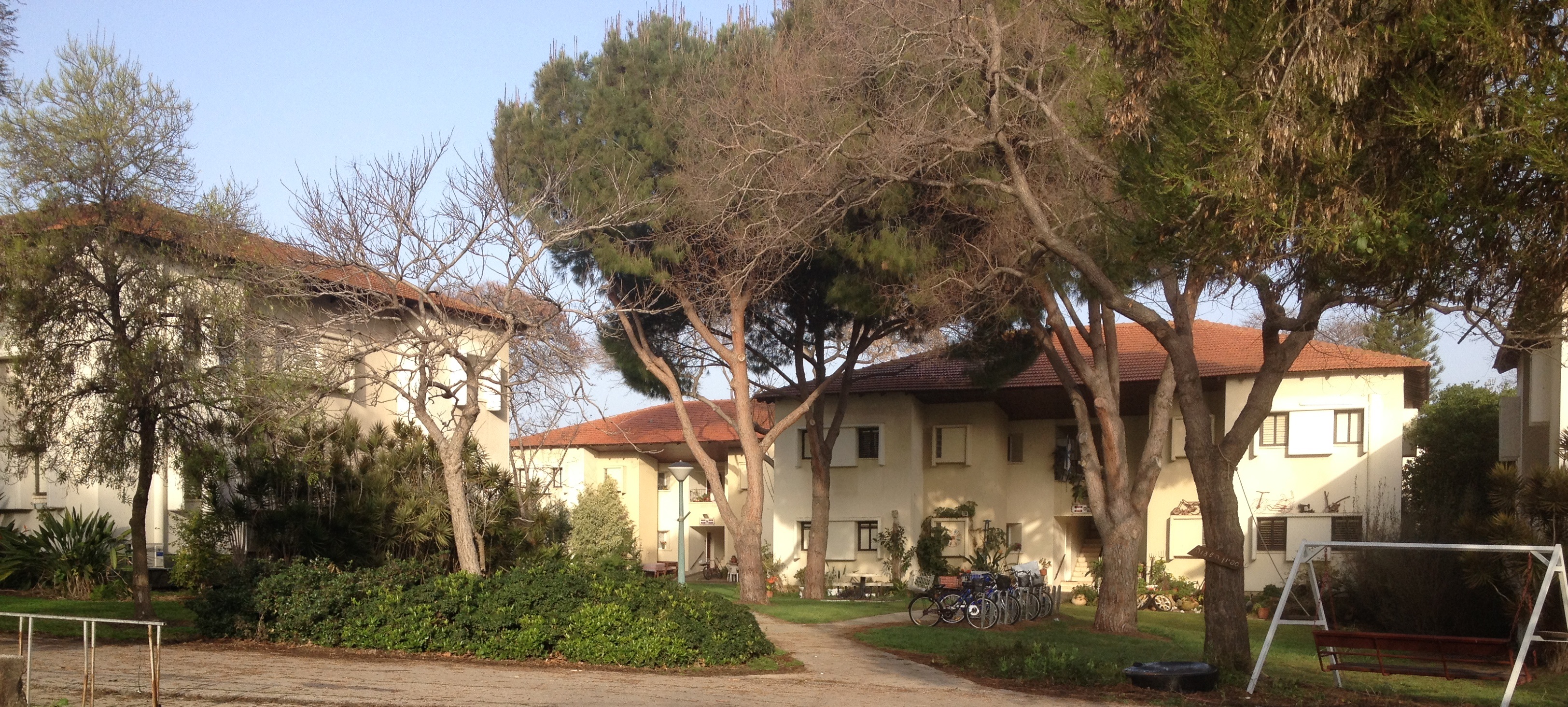
If a Model Two practitioner does not have expert, referent or charismatic power, then he or she probably should look to one of the other three models for direction. Without his or her own power, a practitioner must rely on the power of the client. This, in turn, requires that the client feel some ownership for the ideas that have emerged from the work done with the practitioner — necessitating the use of Model Three or Four practices.
With regard to our nautical analogy, the Model Two practitioner acts as the tugboat captain. While not having direct control over the ship, as it is being guided into a harbor berth, the tug boat captain does make use of the energy and other resources of his own boat to move the ship into or out of the berth. The tug boat captain in some sense “persuades” the ship’s captain that it is appropriate for his tug boat to take over control of the ship, because he (the tug boat captain) has expertise (knowledge of the harbor). The ship’s captain does not (in most instances) have to provide any energy or other resources in order to move the ship into the berth. All of the power that is needed to bring about the change (safe movement of the ship) is found initially in the practitioner (tug boat captain) and is transferred to the client(ship’s captain) during the change process. Similarly, the Model Two practitioner typically agrees to provide the resources (expertise, motivation, etc.) that will bring about the changes that he or she has advocated to his or her client. The client agrees to the practitioner’s goal (the “berth”) and requests help from the practitioner in meeting this goal.
Model Two expresses itself in at least six ways: (1) prescription, (2) promotion, (3) instruction, (4) behavior modification, (5) evaluation and (6) linkage.
When prescription is used with Model Two, a practitioner usually collects, analyzes and feeds back data to his or her client. The practitioner provides specific recommendations concerning alternative programs, procedures, personnel, and so forth. The recommendations themselves are the intervention. When a recommendation is documented substantially (expert power), it often will carry the day, although problems frequently are encountered in getting people to follow up on the recommendations.








